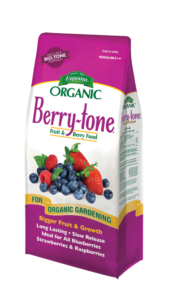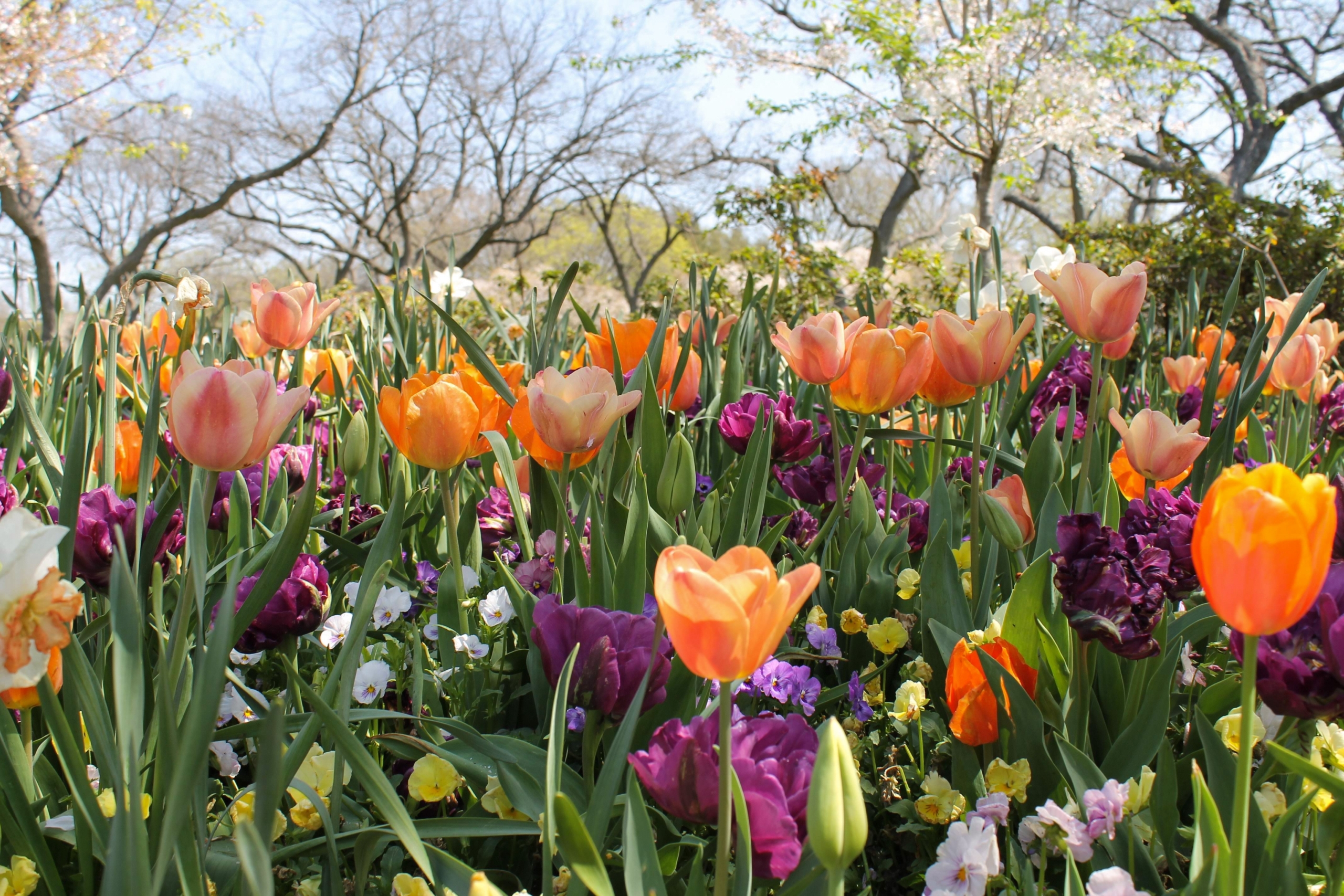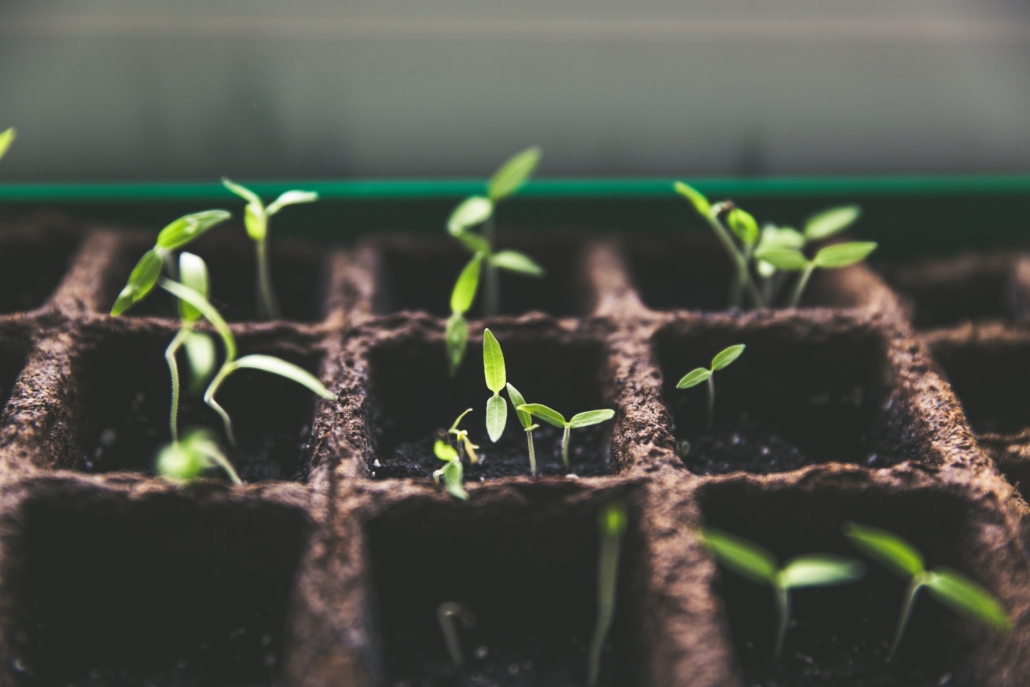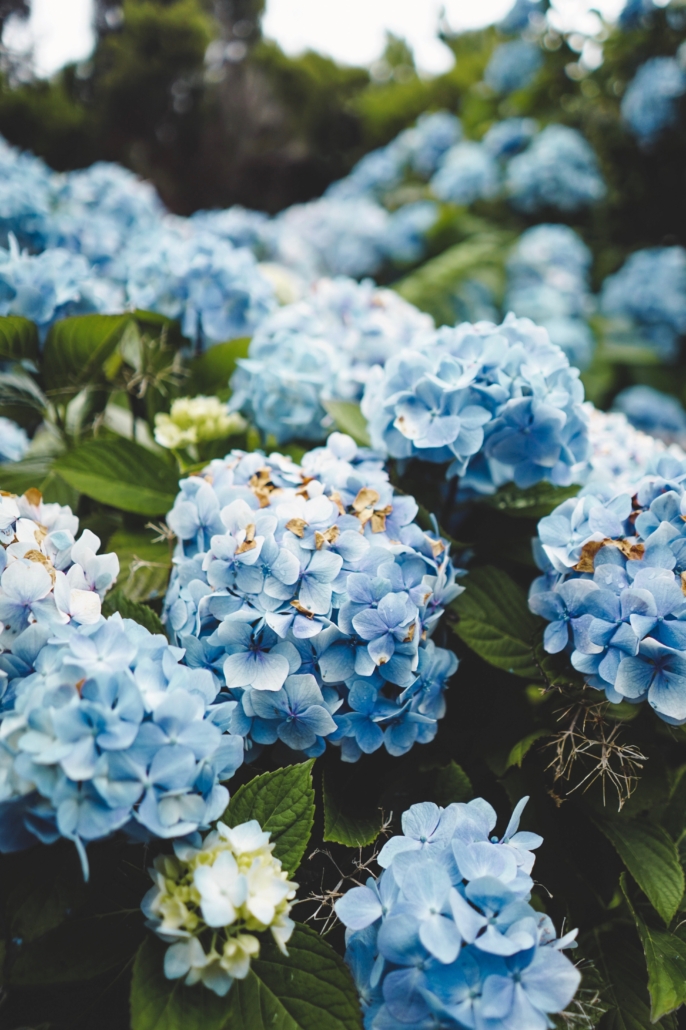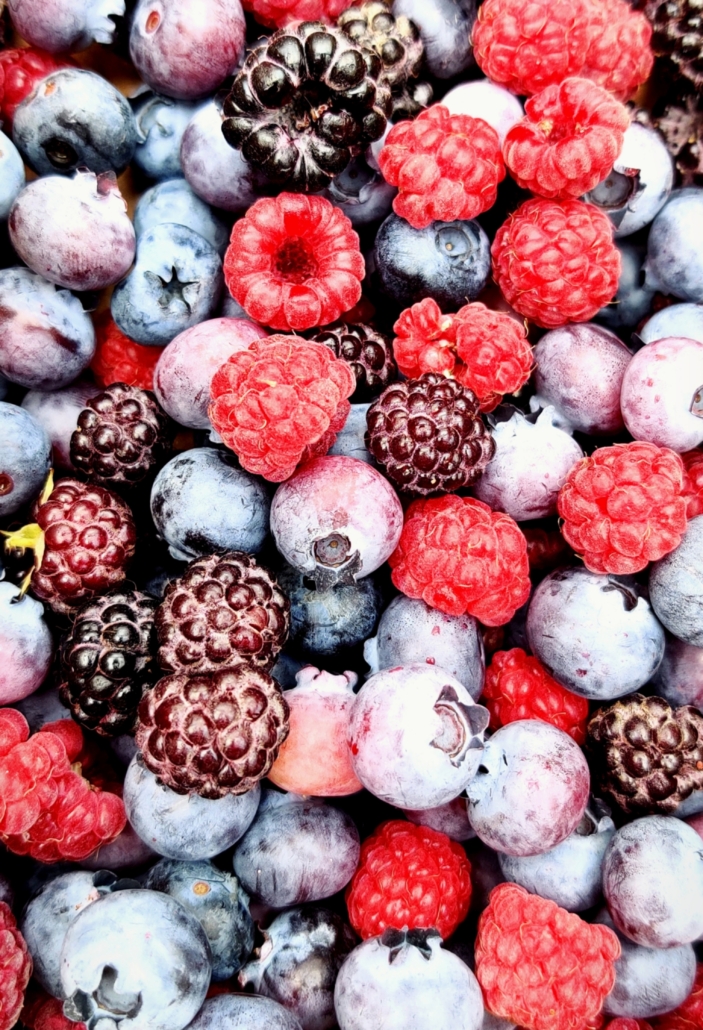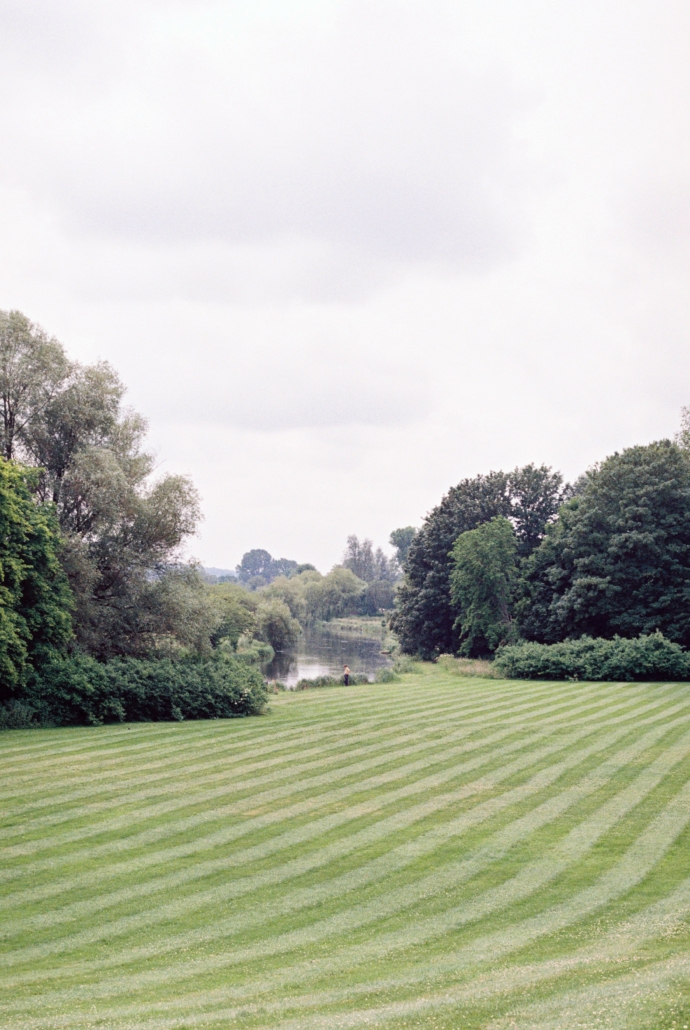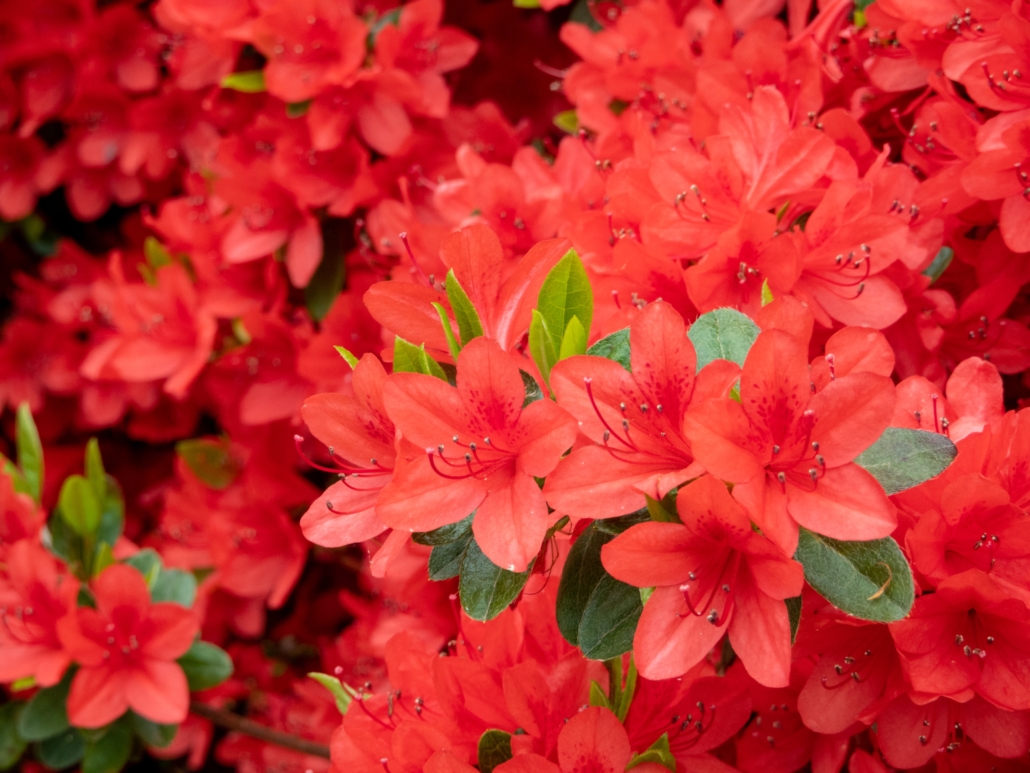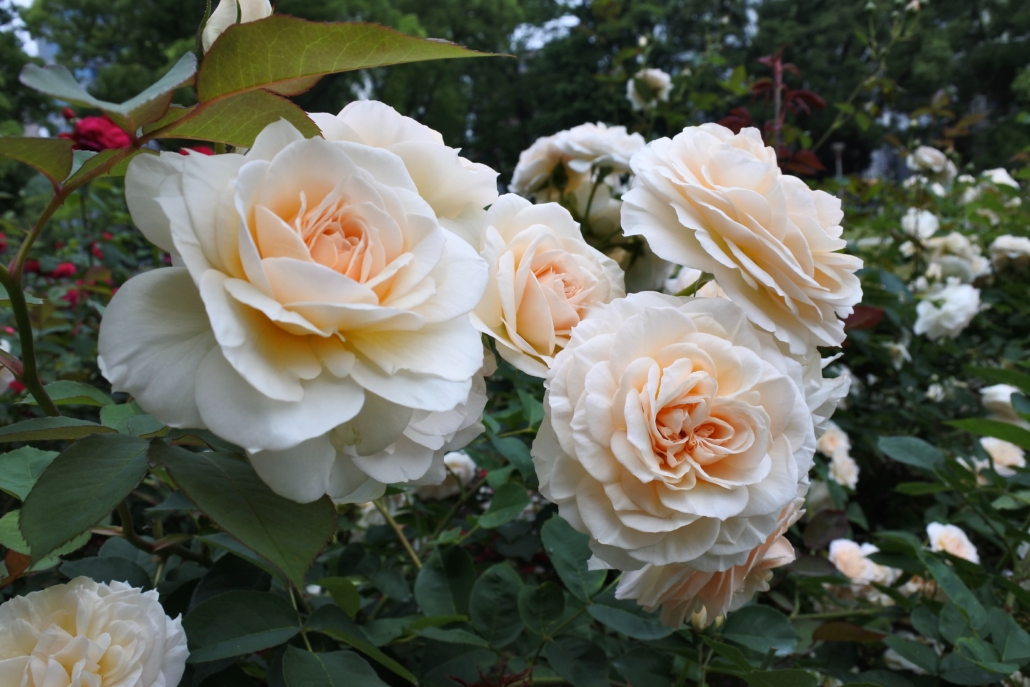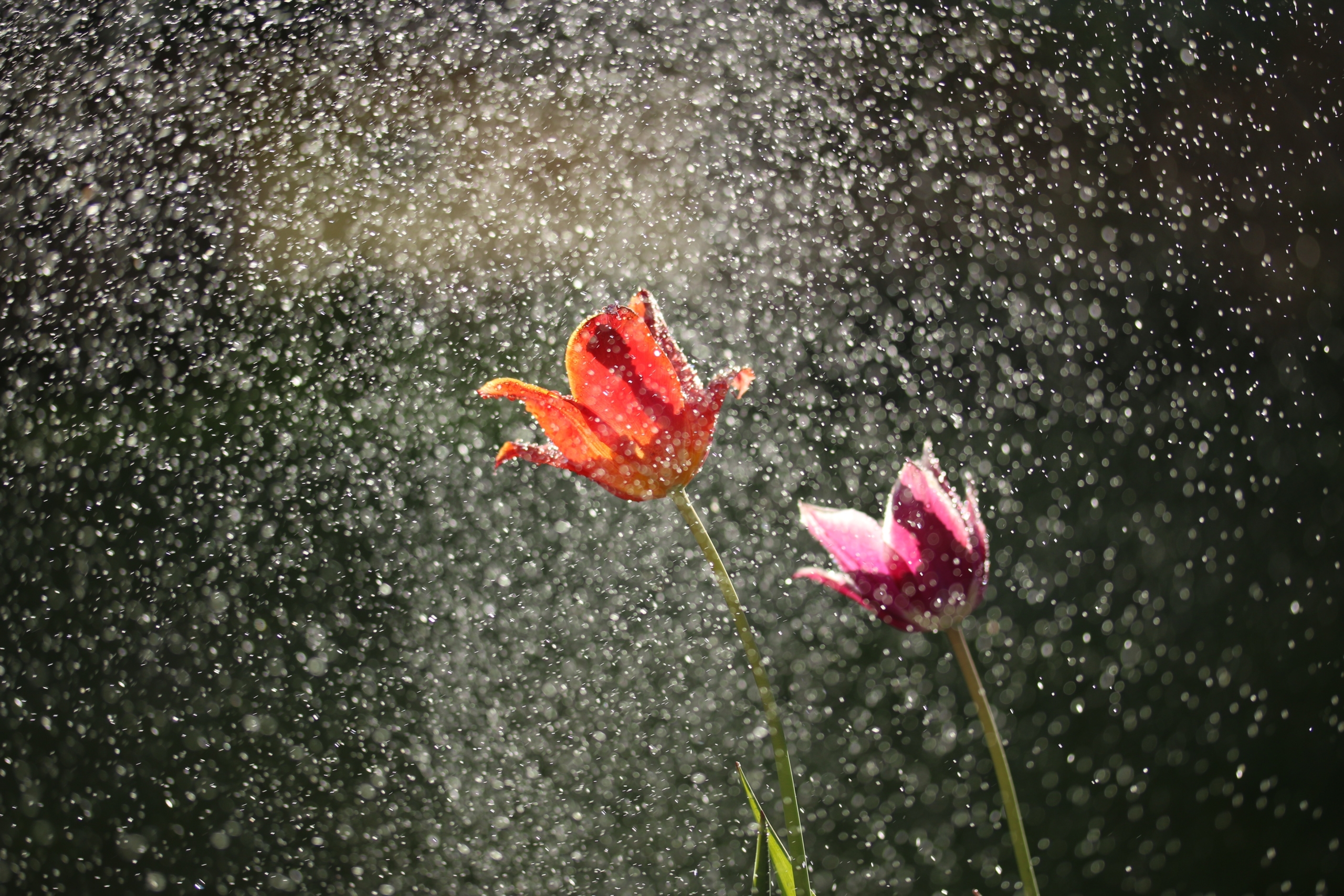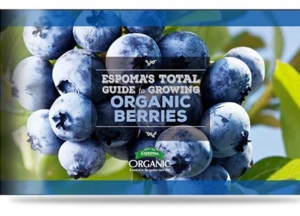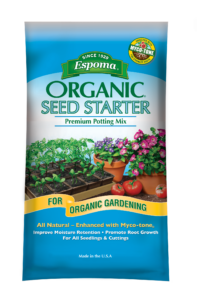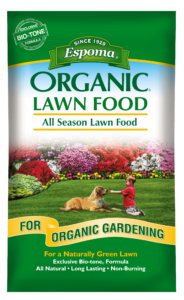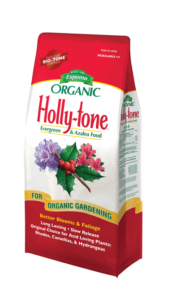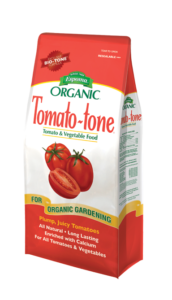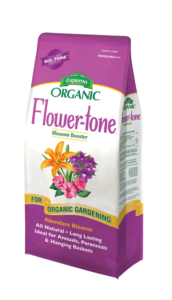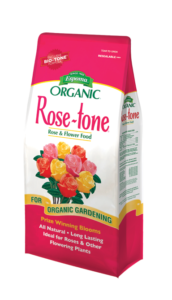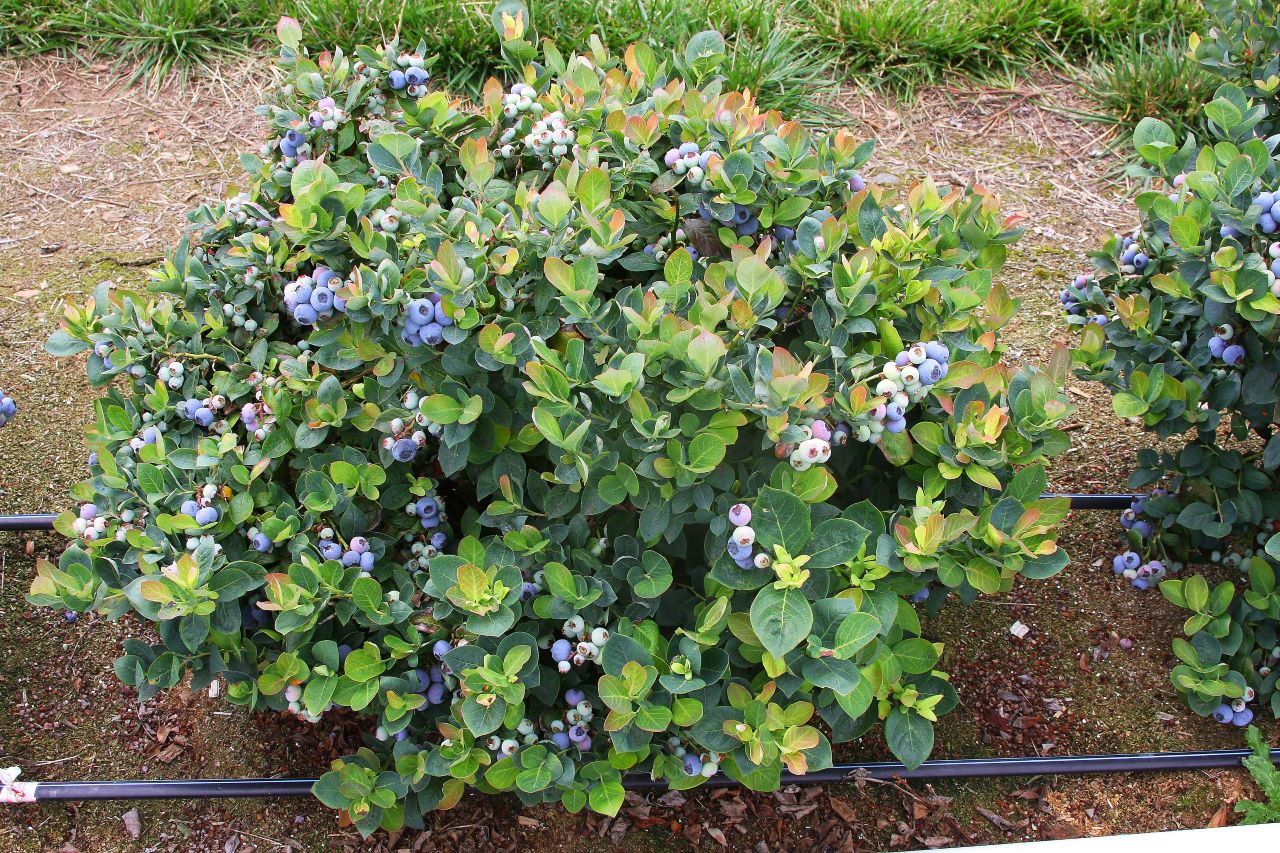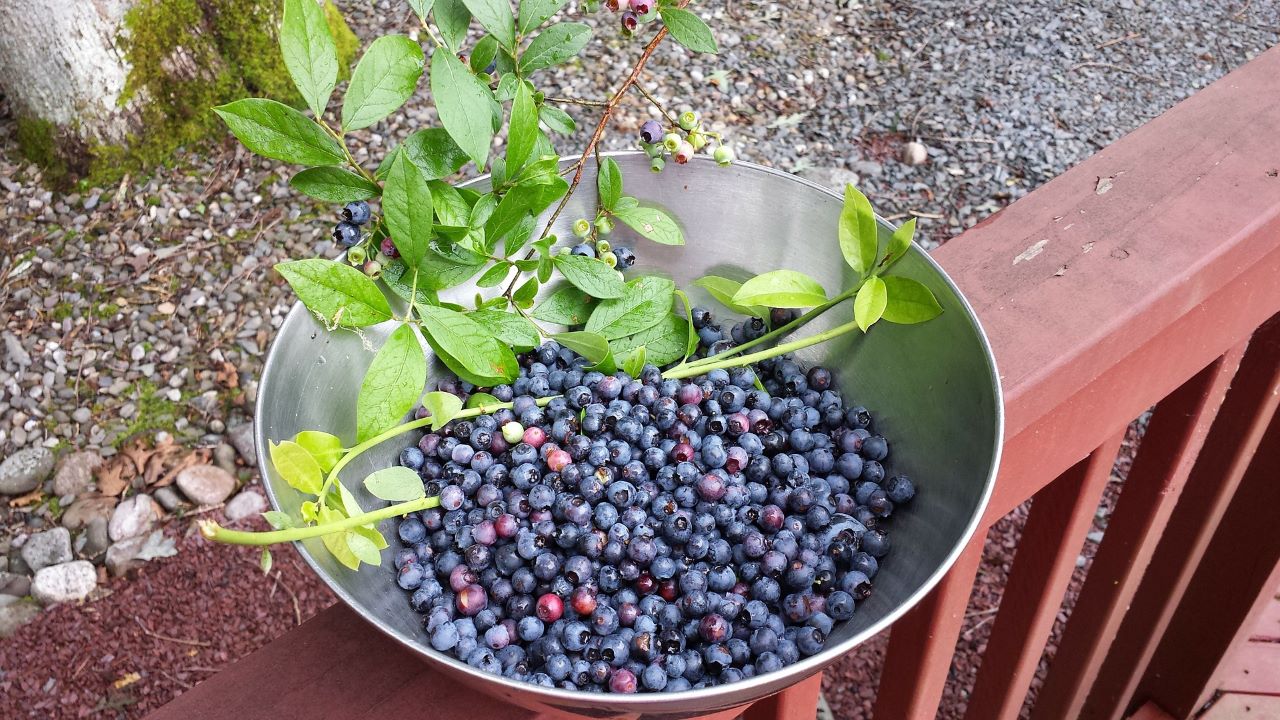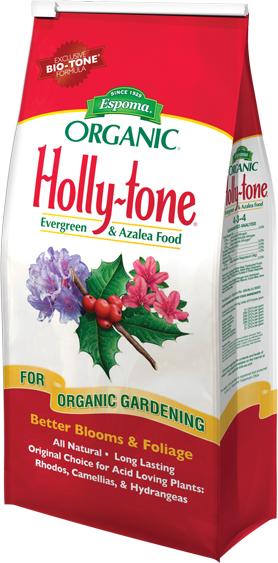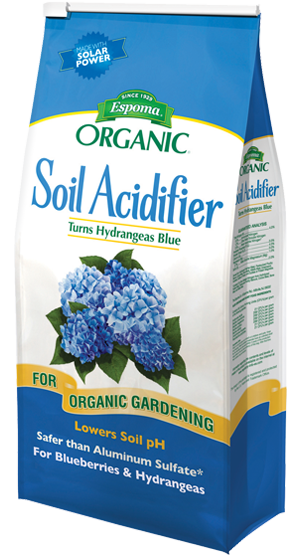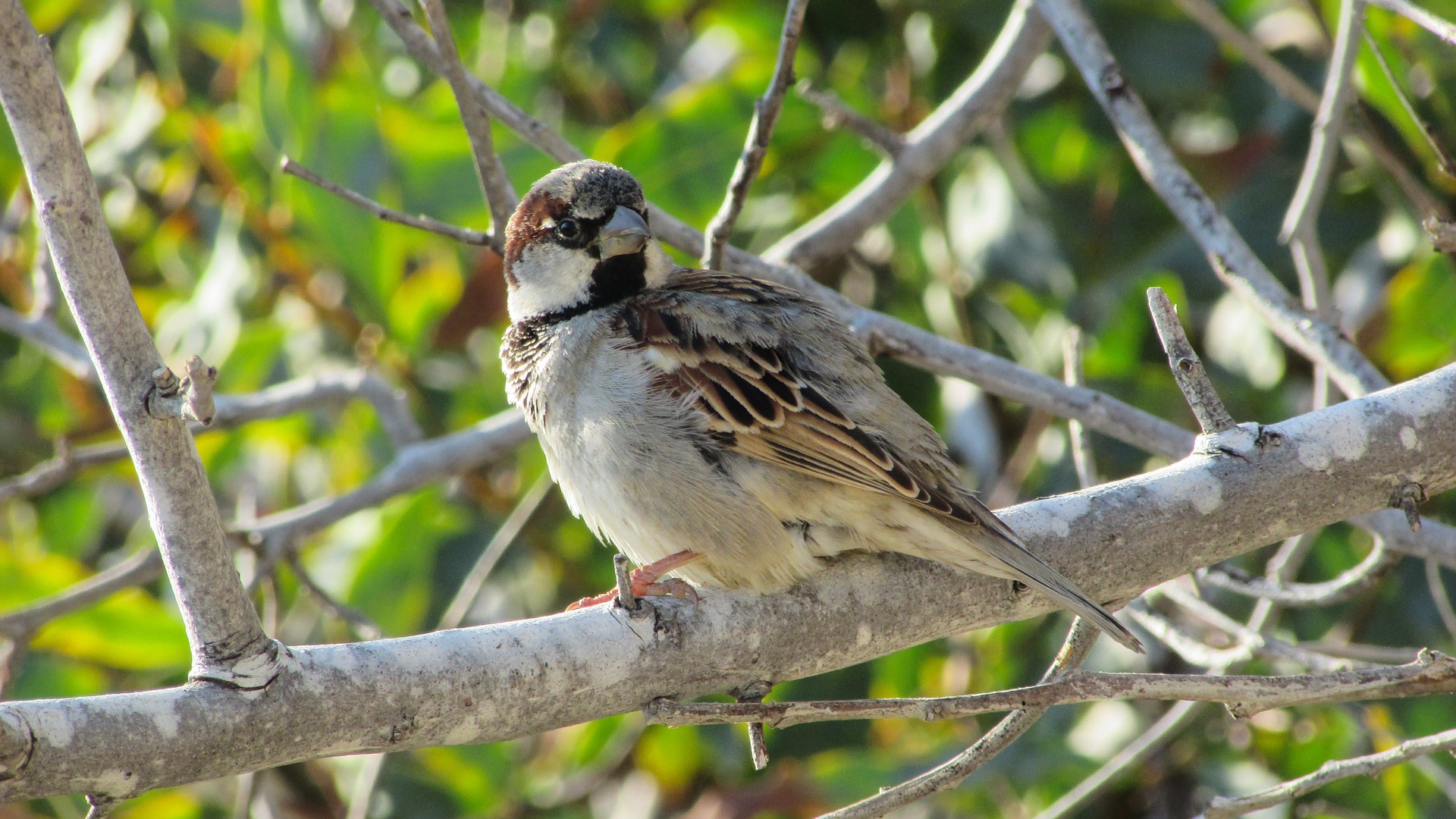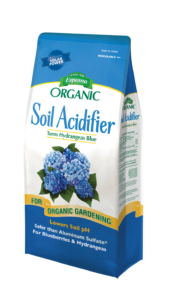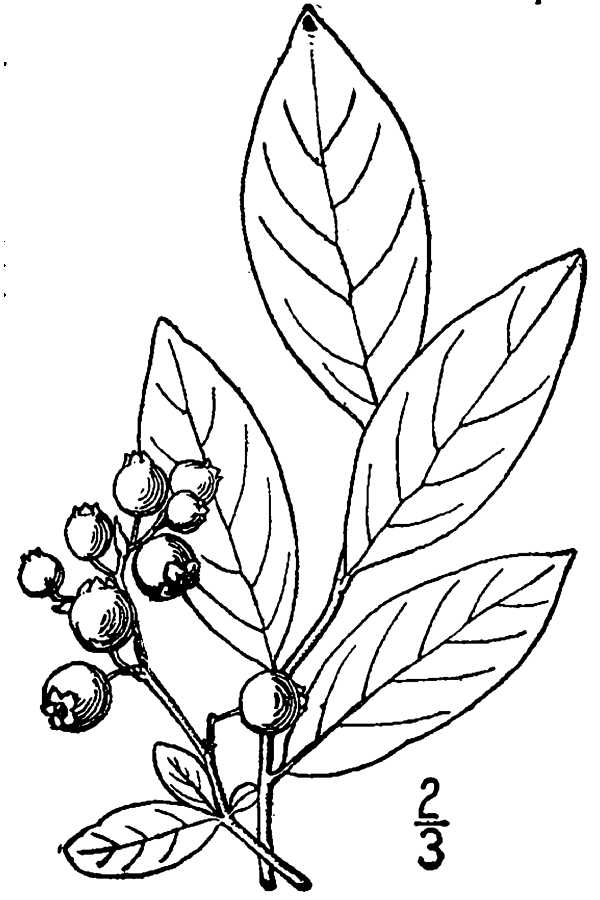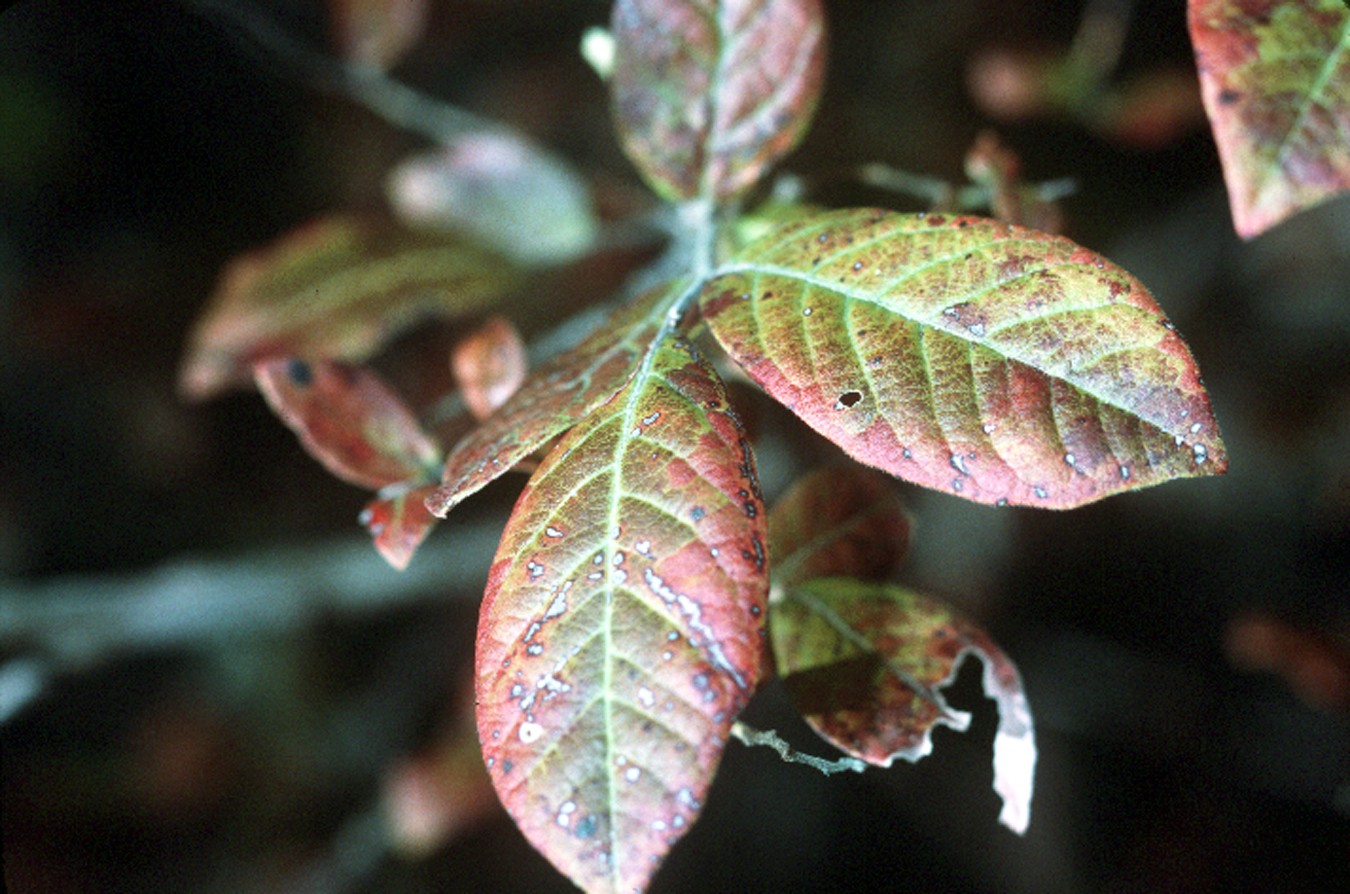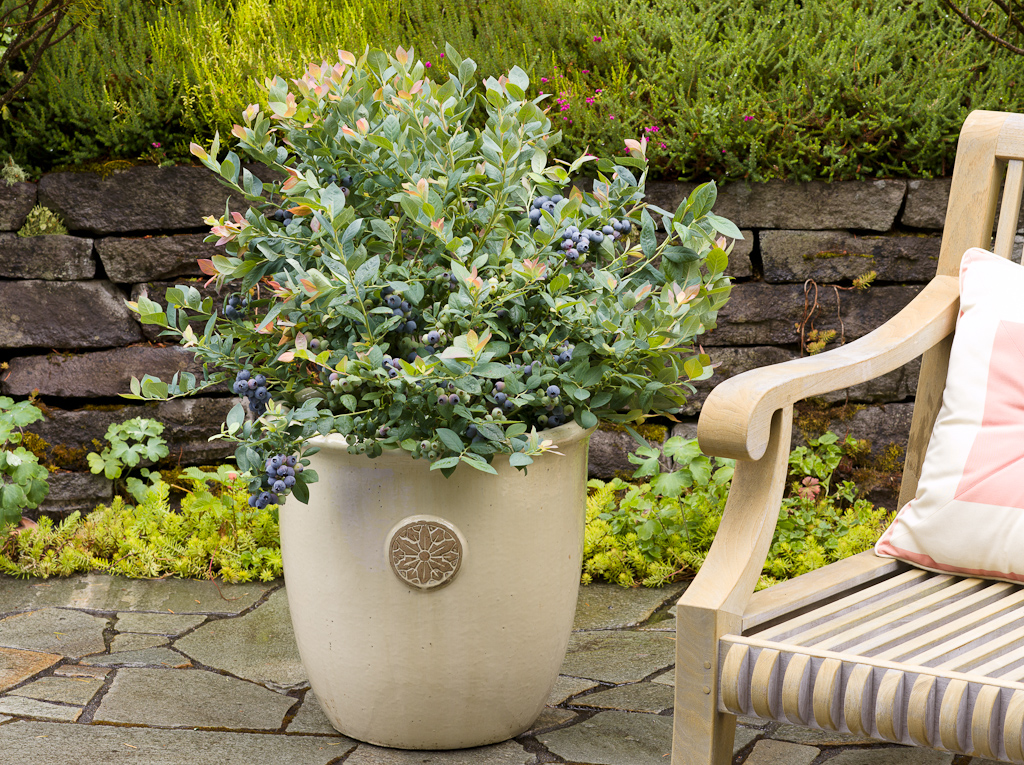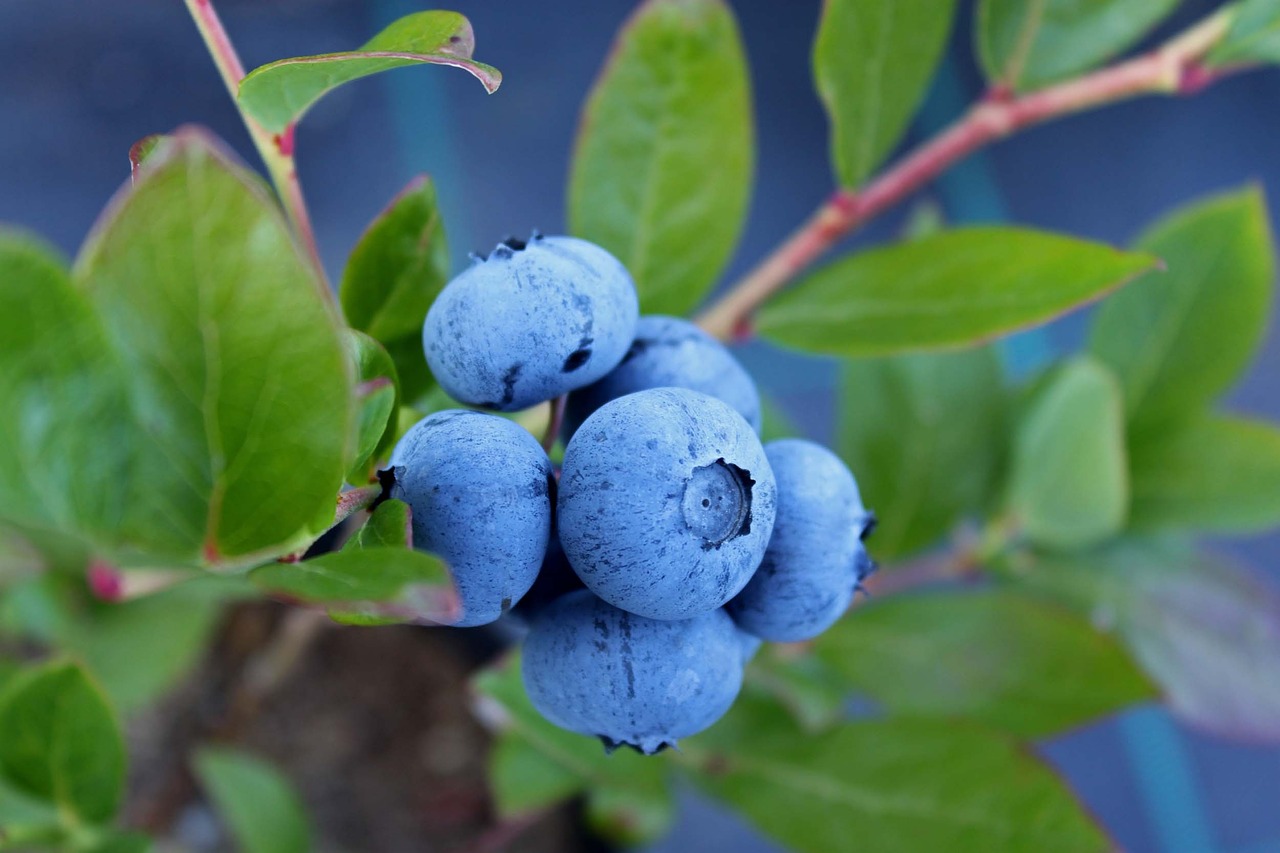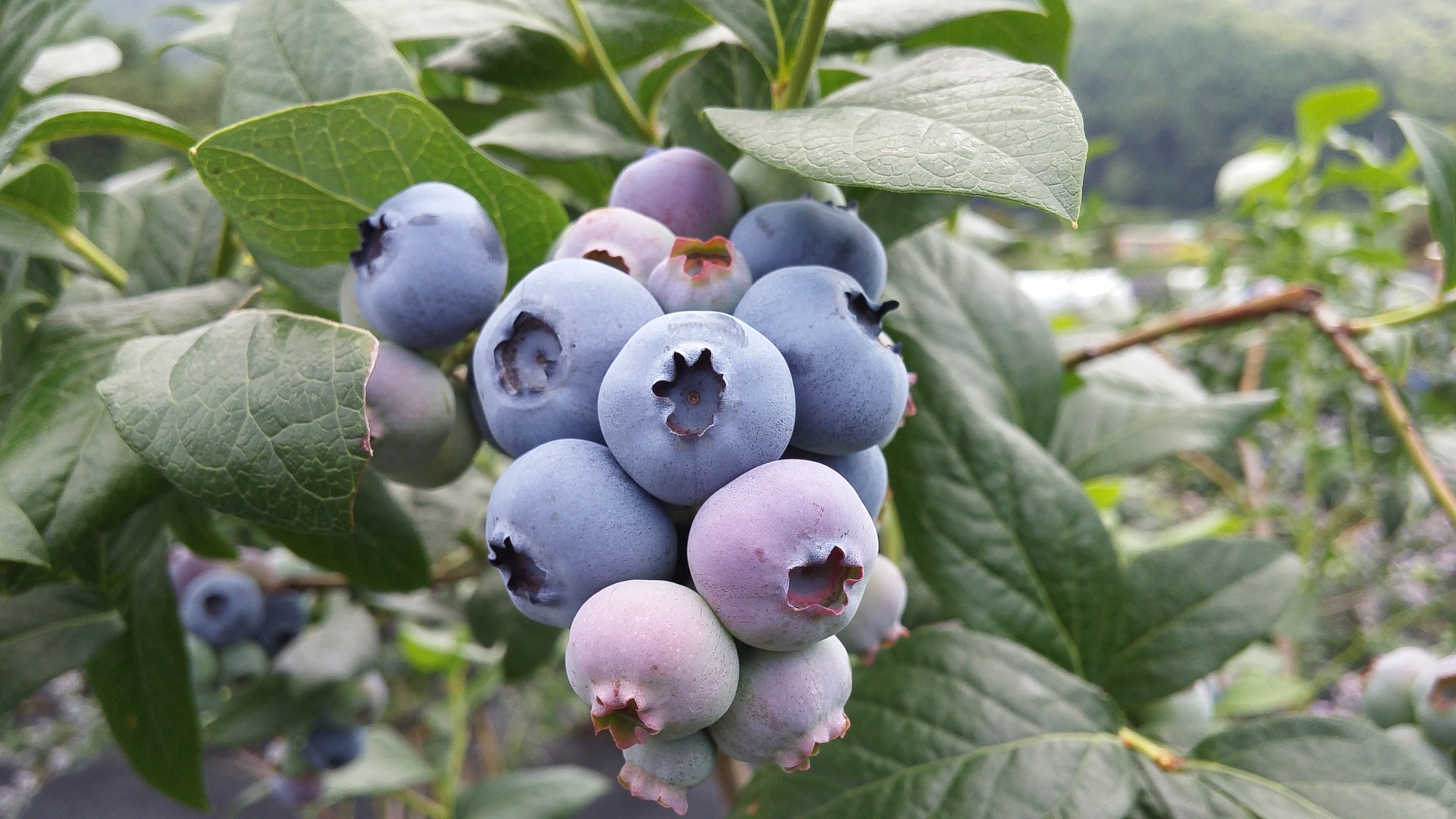With vibrant hues of blue and sweet flavor, no summer fruit is better known (or better for you) than the blueberry. These blue wonders play a vital role in health and well-being.
Plant a blueberry bush today and savor the fresh berries all summer.
If flavor is your top priority, you absolutely must add these blueberries to your garden! Just imagine how mouthwatering that first, homegrown blueberry will be! Until then, though, you’ll keep busy! While growing blueberries, be sure to feed with Holly-tone and keep the soil pH low with Soil Acidifier.
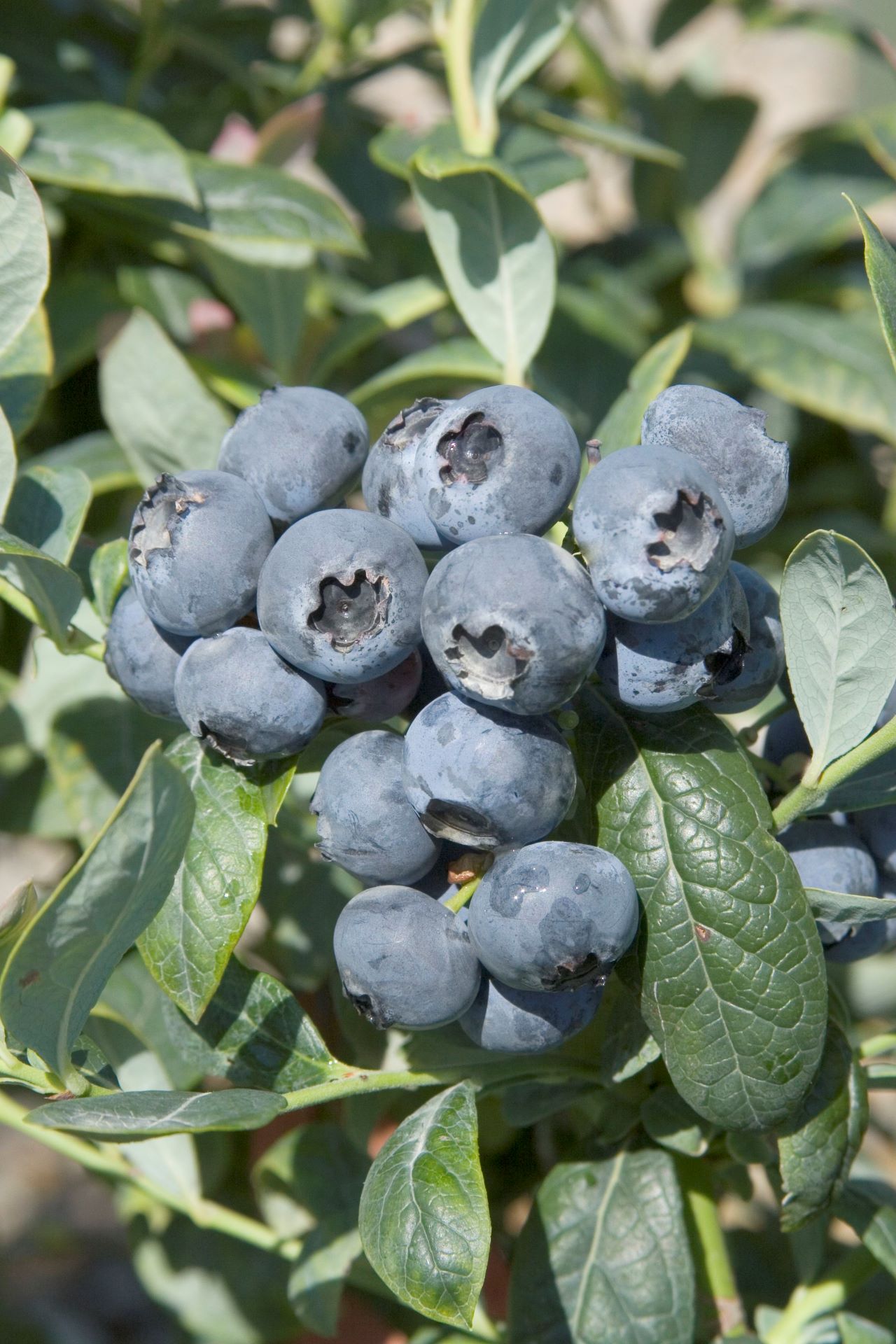
Photo courtesy of Richard Shiell for Monrovia.
Southmoon Blueberry – A southern favorite that does well in hot temperatures, the Southmoon blueberry is a delicious pick. The sky-blue berries are a nice touch, too. Plant in lighter, sandy soils and ammend with lots of organic material.
Blueberry Type: Southern Highbush
Light: Full sun
Size: 6’ H x 6’ W
Zone: 6-9
Chill Hours: 300-500
Ripening Season: Early: Early-late July
Taste and Size: Large berries with sweet, juicy blueberry flavor
Yield: Moderate yield
Features:
- Showy white flowers
- Self-pollinating
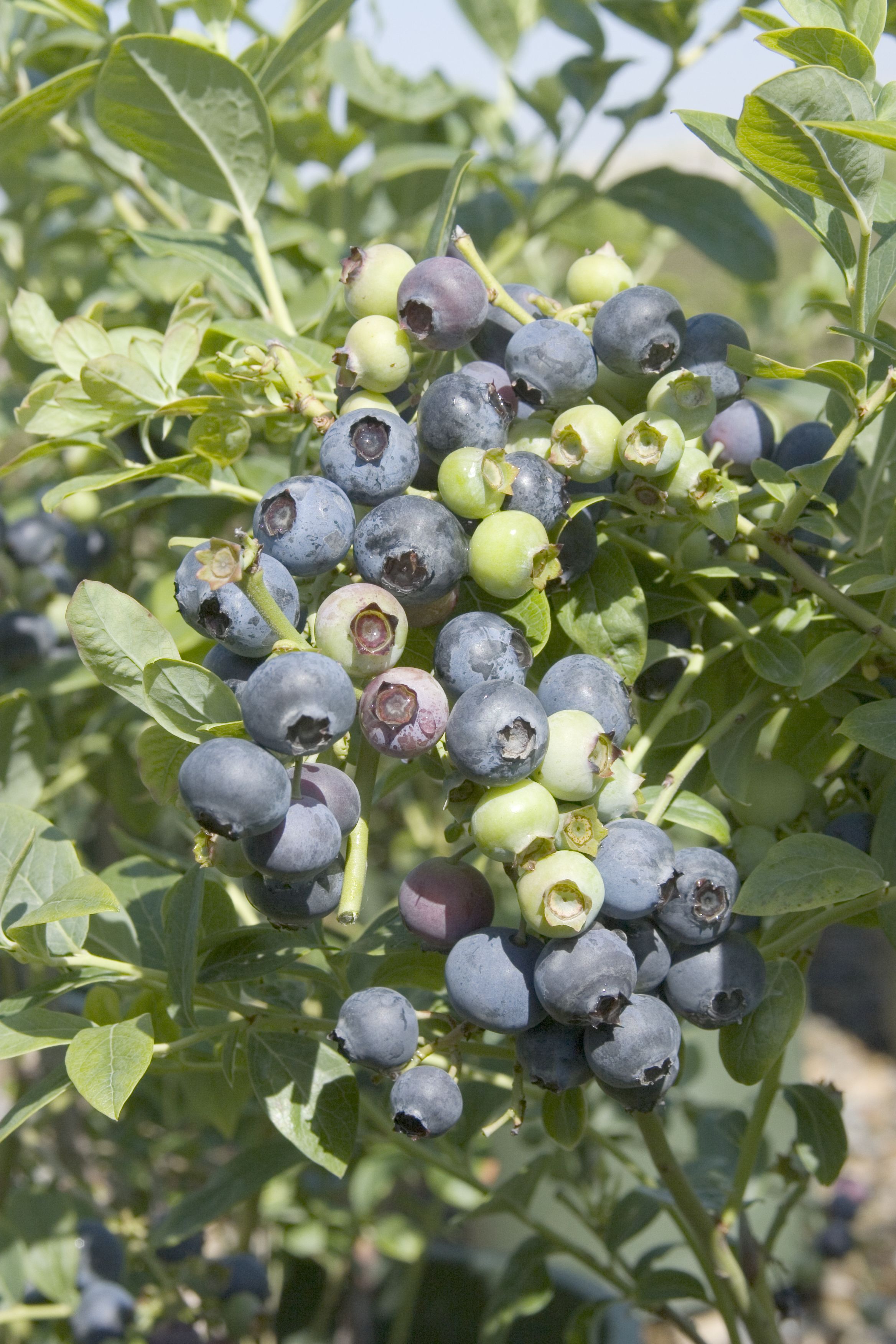
Photo courtesy of Richard Shiell for Monrovia.
O’Neal Blueberry – The O’Neal produces dark blue berries that taste more like candy than fruit. With high-sugar content, you’ll want to eat these yummy berries right as soon as you pick them. As a semi-upright shrub, you can let this blueberry grow wild and free or train it to grow up.
Blueberry Type: Southern Highbush
Light: Full sun
Size: 4-6’ H x 4-6’ W
Zone: 5-9
Chill Hours: 500-600
Ripening Season: Early: Early May-Early June
Taste and Size: Large blueberries that taste juicy and sugary-sweet
Yield: Moderate yield
Features:
- Produces an extra crop
- Works great in containers
- Dazzling red fall foliage in cool climates
- Evergreen in warmer climates

Polaris Blueberry – If you love to eat blueberries early in the season, the Polaris is for you! The Polaris was developed in Minnesota, so you know it can handle the cold, too! Go ahead, and pair with Northblue to increase blueberry yield.
Blueberry Type: Half-high
Light: Full sun
Size: 3-4’ H x 3-4’ W
Zone: 3-8
Chill Hours: 800+
Ripening Season: Early: Early July-Early August
Taste and Size: Medium, firm blueberries that taste sweet with a hint of acidity
Yield: High yield, 4-7 pounds of blueberries
Features:
- Native
- Very aromatic
- Extremely cold-hardy
- All-season beauty: white blooms in spring and rosy red foliage in fall
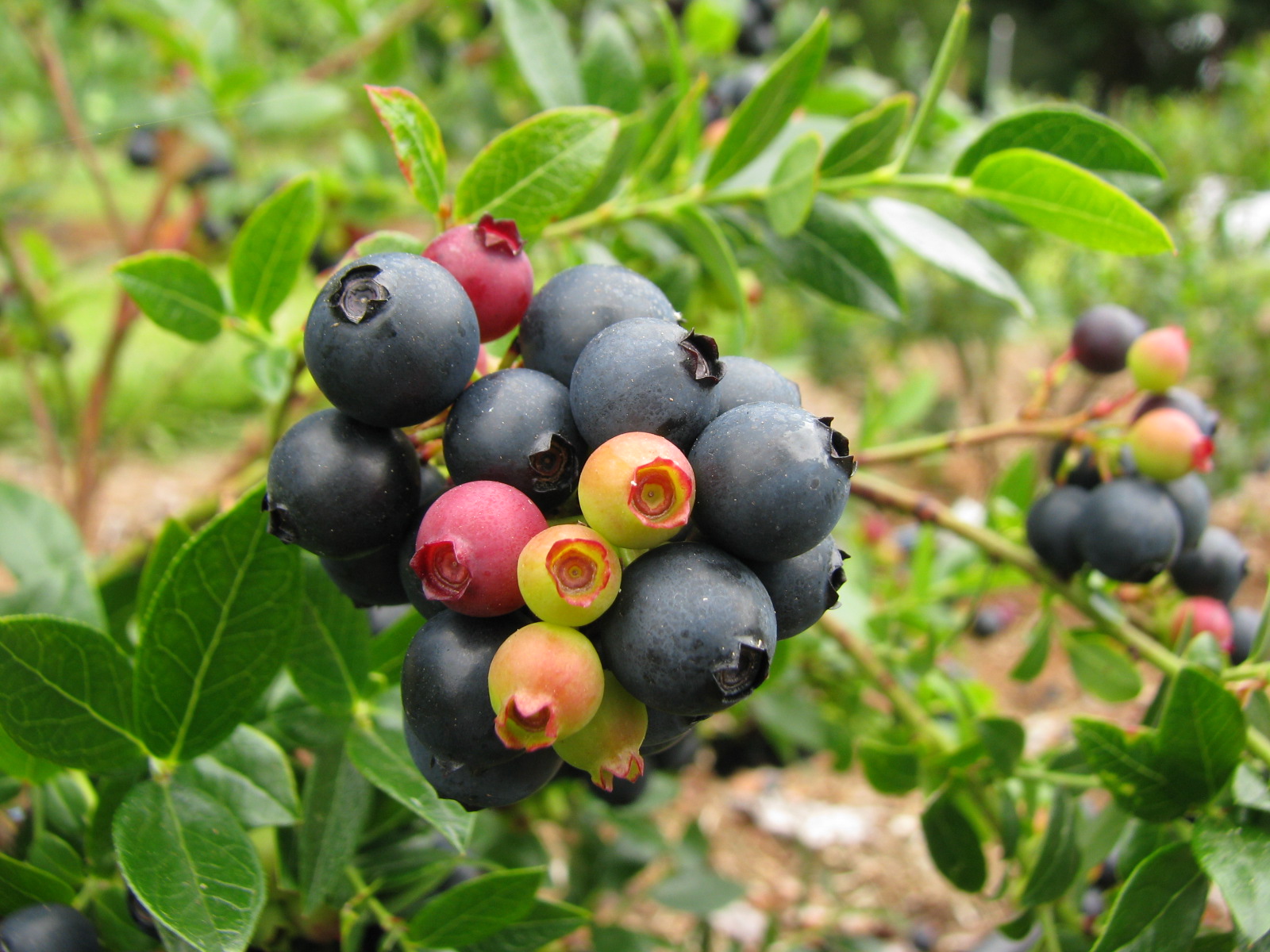
Bushel and Berry™ Blueberry Glaze – These berries are small in stature and have incredibly glossy, dark green leaves reminiscent of boxwood, and can easily be sheared as such. Small, almost black berries present in little bundles mid-summer. With their deep flesh color, Blueberry Glaze packs a healthful punch with antioxidant-rich qualities.
Blueberry Type: Dwarf
Light: Full sun
Size: 2’ H x 3’ W
Zone: 5-8
Chill Hours: 600
Ripening Season: Mid-summer
Taste and Size: Small, intense flavor much like the flavor of wild blueberries
Yield: Moderate yield
Features:
- Works well in containers or in landscape
- Likes acidic soil
- Beautiful year-round foliage
Looking for more options? To learn more about blueberries, the best blueberries for containers, how to plant, care for and grow, visit our Organic Blueberry Growing Guide.

